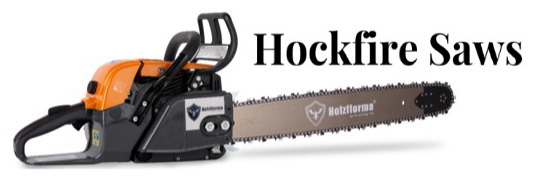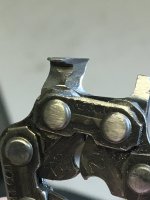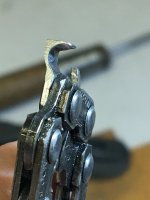My advice would be to start with the basics and what that will do, then add to what you learn, a lightly worked over chain done by someone who understands what they are doing will be faster than a way worked over chain by someone who doesn't. I don't know you so I'm saying all this based on the picture's you presented and what I've seen work, although I don't build race chains

.
Start with a stock chain, time it in a lice long log or cant. Next square it up with mild angles, then time it again. Make the angle a bit more aggressive and then time it again. At that point you can adjust the rakers to the saw/wood or take the cutters back a little further if the rakers are a little low for the aggressiveness of the chain in that wood with that saw, or try an 8 pin sprocket.
Once you get a nice chain then you can do another one the same way except start with the cutter a bit further back(a bit in front of the rear rivet) and you can add the chassis work. The chassis work will add a very small bit to the speed of the chain in the beginning stages of your work.
It's good to understand what effects the chassis work or changes you are making to the cutter will make as they many work together and others can help make a chain faster without making other changes.
Notice what is said here

.
Start with the basics and what that will do, then add to what you learn.
.
.












